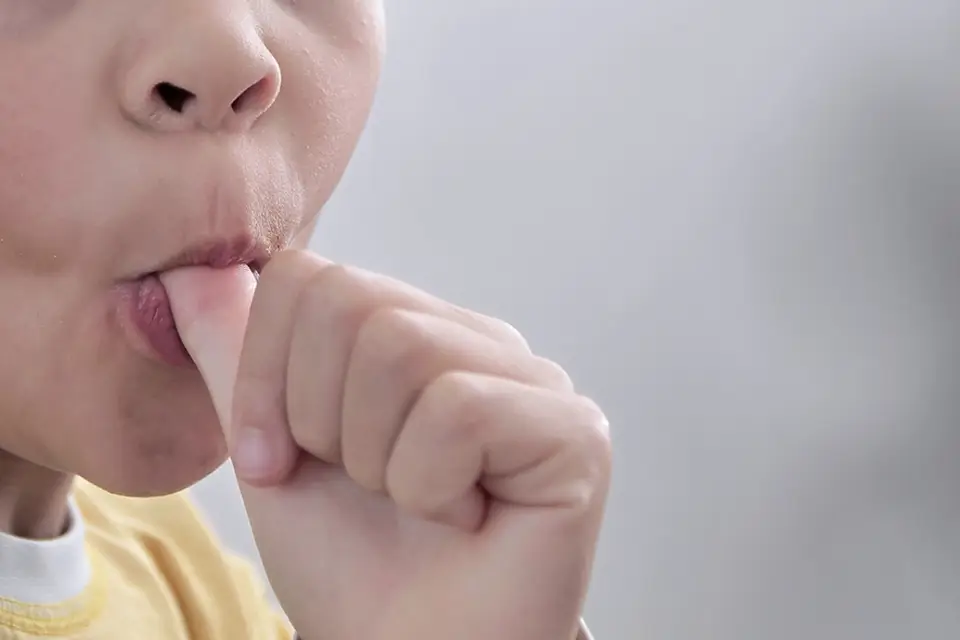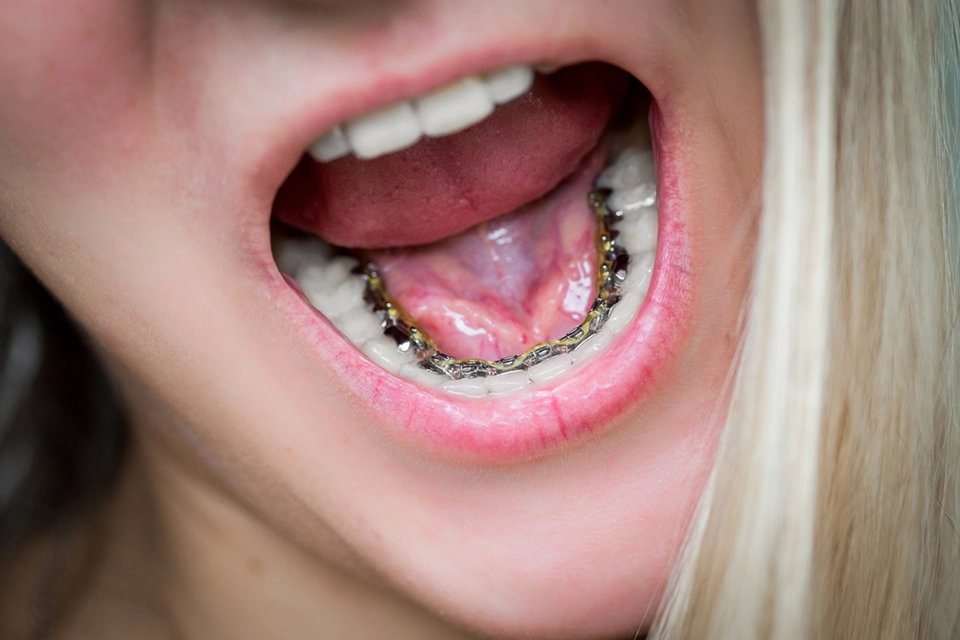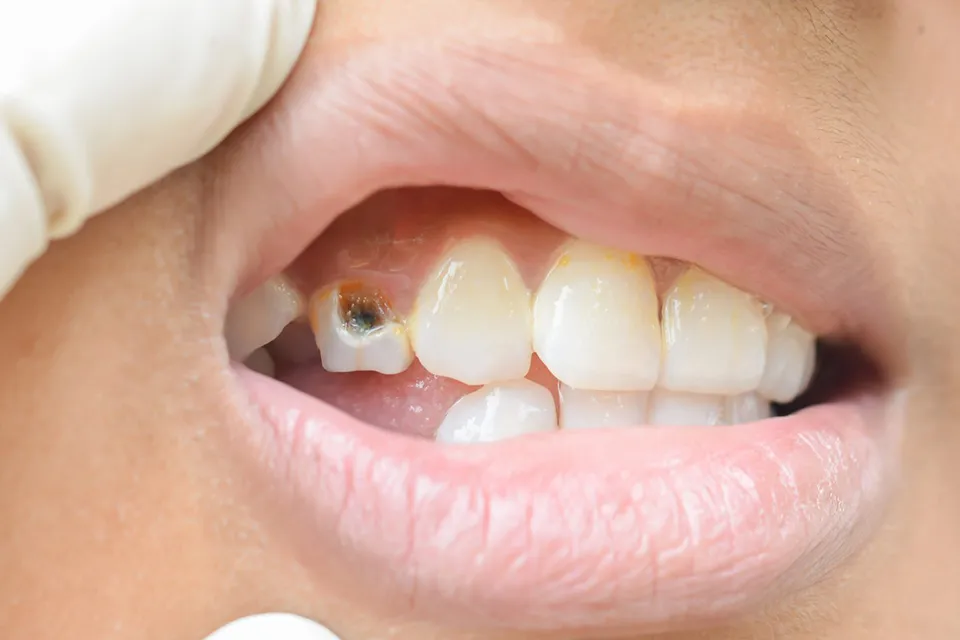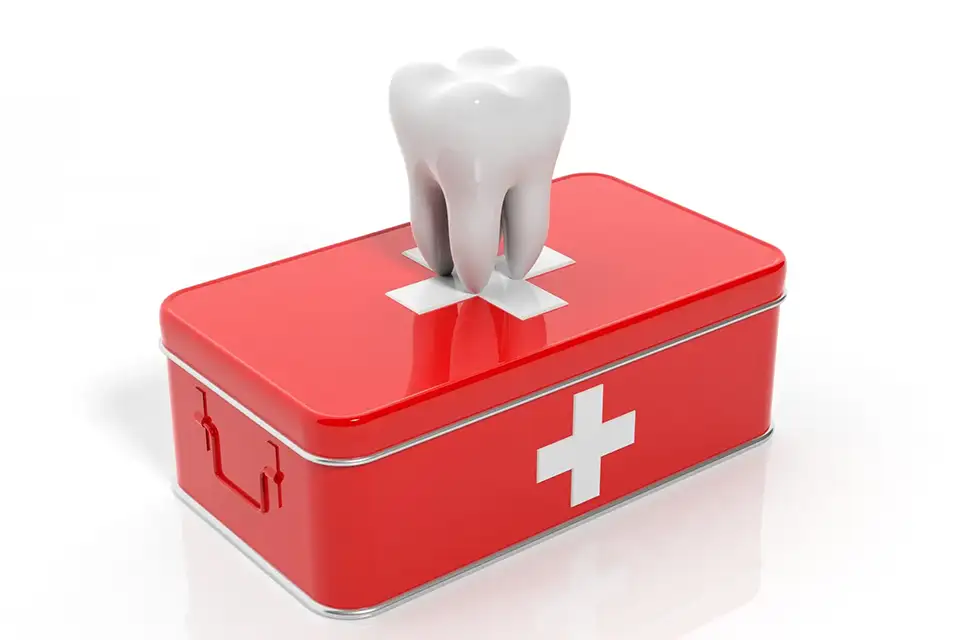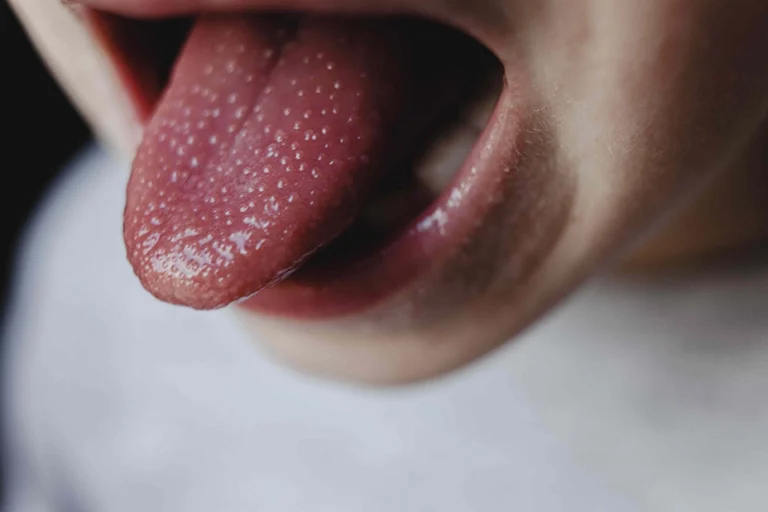Are you looking to straighten your teeth or reshape your smile? Even though there are many people who turn to traditional braces, they are far from the only option nowadays. You could now opt for a more modern approach with Invisalign rubber bands.
Some people might also want the Invisalign rubber bands as they are smaller and more discrete than the traditional braces. This means that they would be less visible, reducing the embarrassment that can sometimes come with corrections. With a curated dental plan for you, it is possible to get the straightened teeth you want discreetly.
Read on to find out more about the Invisalign bands and how they may help you.
What Are Invisalign Rubber Bands?
Invisalign rubber bands are small elastic bands that connect the upper and lower rows of teeth, using gentle force to align them. They are particularly useful for correcting bite alignment. These bands are an effective alternative to the traditional teeth braces that help in realigning your teeth. Most people may question how fast do rubber bands move teeth (considering the pace of traditional braces), but it entirely depends on the kind of material you use and your condition.
These bands use clear plastic aligner trays that sit on your teeth and reshape your smile. You would need to replace your aligner with another one every week or every second week, but that is part of the work of your dentist.
While the rubber bands help in the alignment of your teeth, they do not alter the meeting position of your upper and lower teeth at all. They are useful in correcting overbites and underbites. The bands are useful in giving proper direction to your teeth. The elastics are arranged in different patterns depending on the person’s condition.
Most people also like to opt for these bands because they are discrete. However, how much are they visible will depend on the area of the mouth that they are placed at. They would be more visible in the front rather than the back of your mouth.
If you are too concerned about the bands being visible, you should consult your orthodontist to learn what other adjustments can be made.
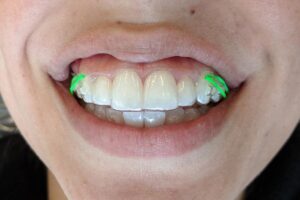
Do I Need Invisalign Rubber Bands (Elastics) with Invisalign?
It is important to note that not everyone with Invisalign needs Invisalign elastics. If you have minor dental problems like overcrowding or small gaps, you might not need them. You may need them if you have misalignments of the top and bottom teeth and conditions like overbite and underbite.
Whether or not will you need Invisalign elastics with Invisalign would depend on your condition. After examining the problem, your orthodontist might recommend wearing the Invisalign elastics with your Invisalign.
These Invisalign elastics would just like traditional braces and help in the alignment of your teeth. They connect the lower and upper teeth rows to add extra force in order to realign the teeth and reshape your smile. However, whether or not you should wear them with Invisalign would need consultation from your orthodontist.
How Do Invisalign Rubber Bands Work?
An easy way to understand their working is that they connect the lower and upper teeth rows. The bands then apply extra pressure on your teeth to realign them. They also help in reshaping your smile, if necessary. There are a couple of problems that the Invisalign rubber bands are used for. Dentists can use them to treat overbite, underbite, anterior open bites, and preserving bites.
For the uninitiated, the Invisalign elastics attach to your teeth using a special hook. They can also be attached with Invisalign attachments called buttons. After that, these bands are arranged in different patterns. Every pattern is meant to solve a different problem. It might take some getting used to when you wear Invisalign with band for the first time. Your orthodontist will give you specific instructions on when, how, and for how long to keep wearing these bands.
How to Put Rubber Bands on Invisalign
- Preparing the Aligners: It’s crucial to remove your aligners and ensure they are clean and dry. This step is essential for the rubber bands to adhere correctly.
- Attach the Rubber Bands: Hook one end of the rubber band to the designated notch on the upper aligner.
- Secure the Rubber Band: Stretch and connect the rubber band to the corresponding notch on the lower aligner.
- Reinsert the Aligners: Carefully place the aligners back into your mouth, ensuring the rubber bands are securely positioned.
What Conditions Do the Rubber Bands Help to Treat?
The Invisalign rubber bands help in treating quite a few dental problems that you might have. Some of them include the treatment of overbites, underbites, or an anterior open bite. They can also protect the current alignment of the bite.
Invisalign Rubber Bands for Overbite:
Overbites are one of the most common conditions that these Invisalign elastics are used to treat. Also known as an over-jets or class II malocclusion, this condition occurs when the last molars of your bottom jaw are farther than the same teeth of your upper jaw. It can cause the upper jaw to protrude forward.
Studies suggest that using an Invisalign with band have been effective in treating this condition. It involves having Invisalign with band attached from your upper canines to your lower molars.
Invisalign Rubber Bands for Underbite:
Another condition that these Invisalign elastics solve is underbites. In this condition, the first molar of the lower law shifts forward more than the same of your upper jaw.
A study found that the Invisalign elastics (can successfully treat this condition of an underbite in most people. This involves hooking rubber bands from your top molar to your lower canines.
Invisalign Rubber Bands for Anterior Open Bites:
Yet another condition that these Invisalign elastics solve is called an anterior open bite. This happens when your front lower and upper teeth slat outwards. They do not touch upon closing your mouth.
In such a case, an Invisalign with band is used to hook the upper and lower front teeth. A research review shows that mild open bites in adults can be effectively treated using these bands.
Invisalign Rubber Bands for Preserving Bite:
The work does not end even after you get your ideal bite. After that, you may use the vertical elastics. This is just to preserve your ideal bite. In such a scenario, the rubber bands are hooked to the same teeth of your upper and lower jaws. This Invisalign with band setup would help you in preserving the position of your teeth.
Maintenance and Care Guide
Because the Invisalign rubber bands stay in your mouth, it becomes very important to take care of them. Your dental health is important but so is maintaining these bands. It is important to change these bands every week if not every second week. Orthodontists recommend that these bands can be removed two to four times per day.
Some reports even say that these rubber bands go through a lot of wear and tear. This is why they should be replaced on a daily basis. However, you should make sure that you change both sides at once.
The Invisalign rubber bands can lose elasticity over time. However, if you can’t go out to buy new elastics, you should keep wearing old ones. It is better to have something on rather than nothing.
It is okay to wear your rubber bands at night as well as during the day. Some orthodontists recommend wearing them at night too as this would not disrupt the alignment process.
However, replacing dos not cut it. You would still need to take extra dental and mouth care when you are using these bands. Oral health becomes important in such a case.
To take care of your aligners, you would need to take time out and rinse them every night. For this, you can use a soft-bristled toothbrush and gentle liquid soap. This would help in removing any extra food particles in your trays.
When you are not using them, you should put the aligners in their protective case. In the case of rubber bands, you should keep them in a secure place. This would help maintain the hygiene and increase their shelf life.
You should not use harsh cleansers or soaps to clean them as that could affect their material and erode them. It is important to note that you should not have the elastic bands on while eating. This would prevent the extra wear and tear.
Also, you would need to try and not drink anything else than water when you have the bands or aligners on as the material can get affected. Another thing to keep in mind would be to not use hot water for cleaning purposes. When you have aligners and bands on, you should keep brushing your teeth regularly. But try and be soft, else you could end up breaking them.
Sometimes, you might end up ruining a rubber band while eating or drinking. In such a case, you would need to inspect if something is still inside your mouth. If something looks untreatable at the moment, you should always consult your orthodontist.
Additionally, sometimes your rubber band can fall off. Or your Invisalign attachment can break off. You should stop wearing that rubber band immediately. You can continue wearing it on the other side, though.
However, if wearing it on one side seems uncomfortable, you could remove both till the time the broken side is corrected. The orthodontist would be able to immediately fix it or give you an alternative solution for the time being.
Should I Wear Braces and Rubber Bands at Night?
Yes, wearing braces and rubber bands at night is necessary to maintain consistent pressure on your teeth, allowing for successful and continuous movement. Nighttime wear ensures that the treatment progresses efficiently, as the prolonged duration helps to achieve the desired dental alignment more quickly. Not wearing rubber bands at night can result in a delay in your treatment and an extension of the duration of your rubber band use. For optimal outcomes, it is imperative to adhere to the specific instructions provided by your orthodontist.
Conclusion
If you are looking to get the Invisalign rubber bands, we hope this article might help. However, you can’t choose when to have them. You will have to consult an orthodontist for the same. It will depend on your condition and the kind of material that your doctor recommends.
It is important to remember that these bands solve a variety of problems. So, if you know or think you have any of them, you might want to consider having these bands.
Have you made up your mind yet? Are you ready to eliminate your misalignment for good? Seek out a consultation with Zara Dental in Houston, TX to learn more. See also cost of braces in Houston, TX.

